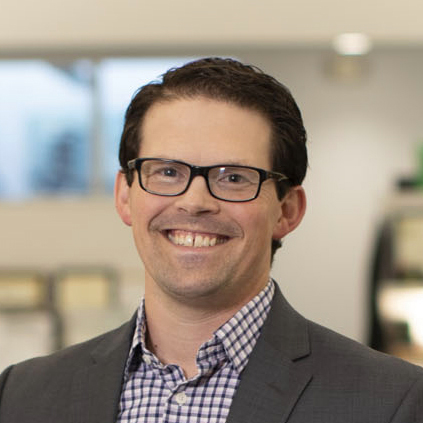Home » carbon footprint
Articles Tagged with ''carbon footprint''
Enhance your expertise with unparalleled insights.
Join thousands of building professionals today. Shouldn’t you know what they know?
SUBSCRIBE TODAY!Copyright ©2025. All Rights Reserved BNP Media.
Design, CMS, Hosting & Web Development :: ePublishing


.jpg?height=168&t=1703026308&width=275)





.jpg?height=168&t=1696866447&width=275)

